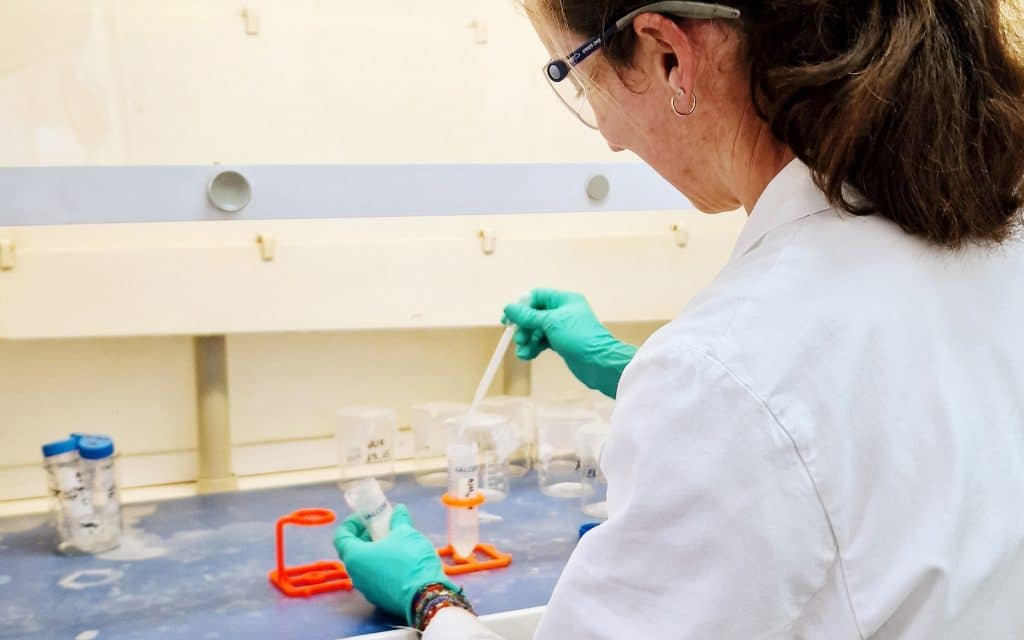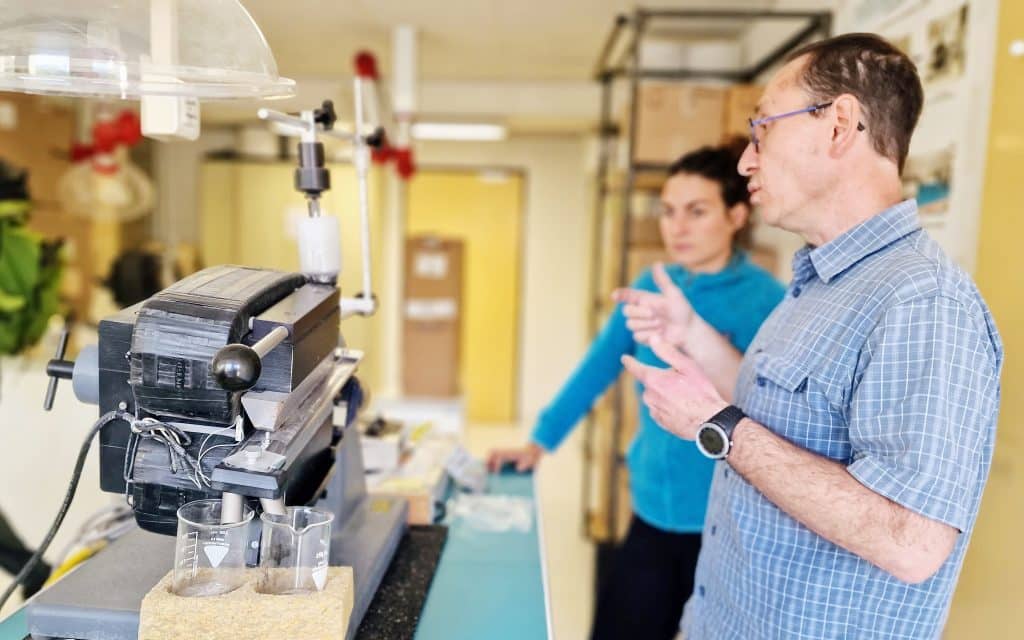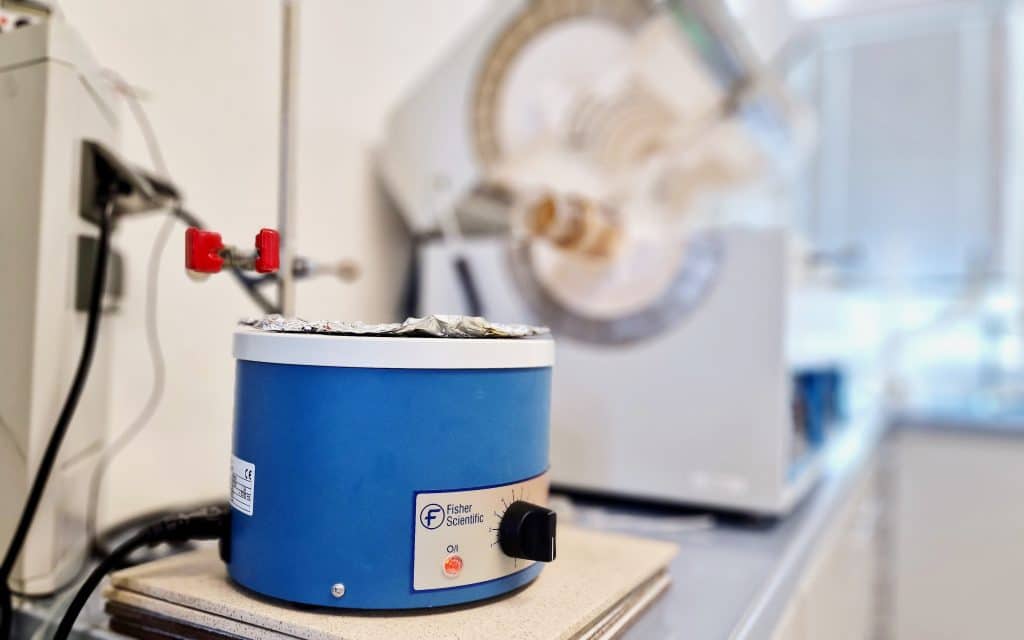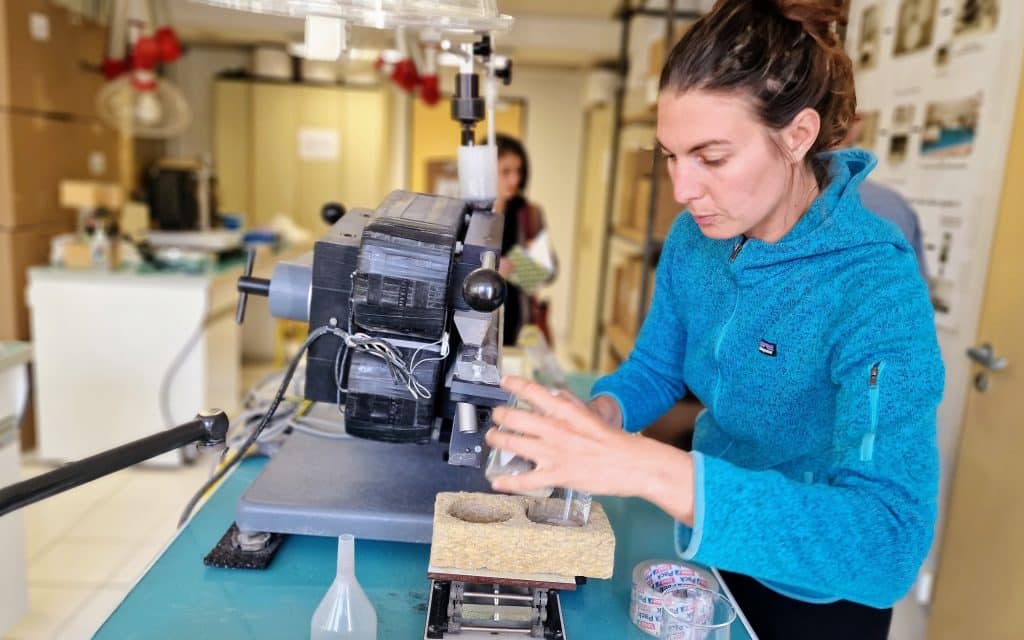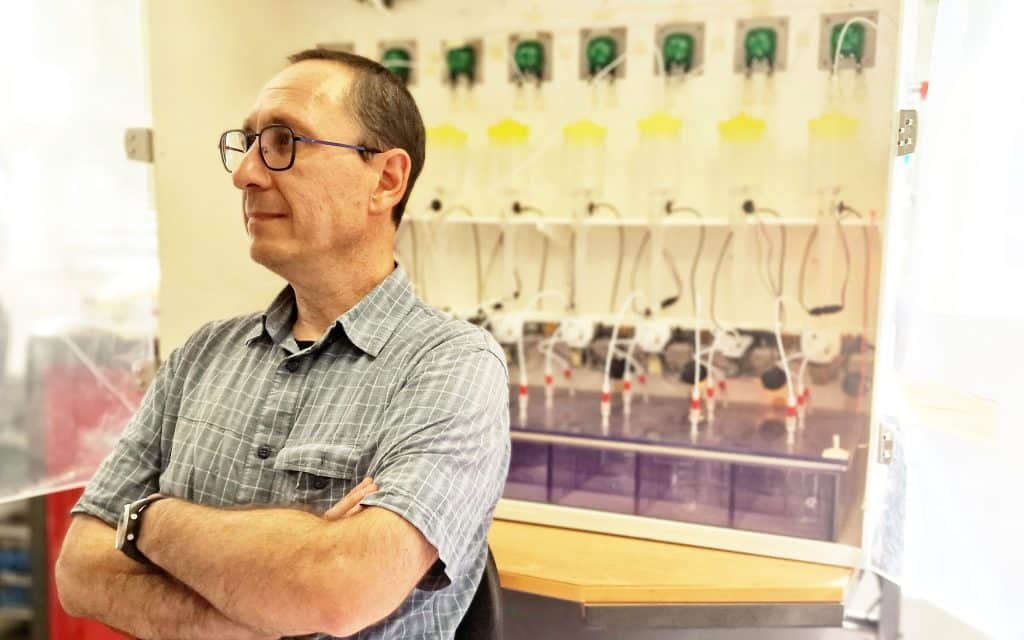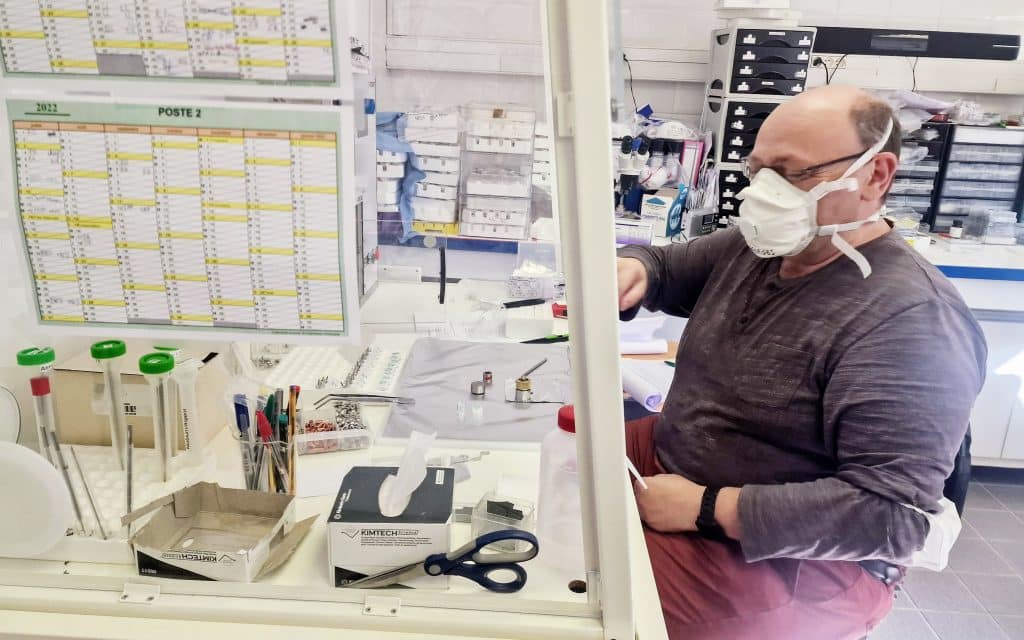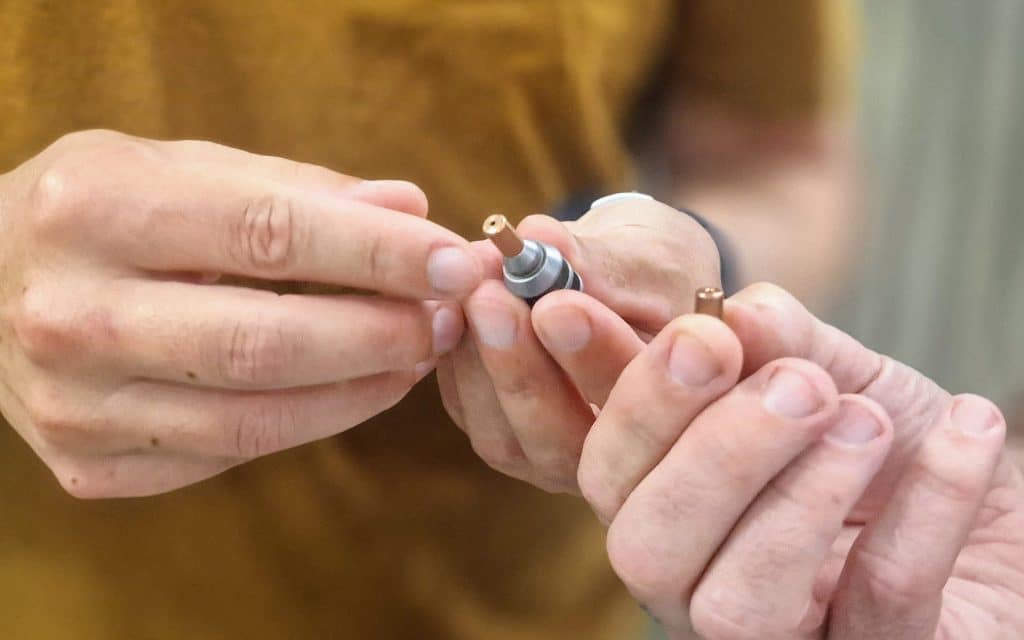Preparation laboratories
The National Laboratory for Cosmogenic Nucleides (LN2C) is composed of 7 sample preparation unitsThe laboratory is equipped with two stations for the preparation of targets for measurement on the ASTER Accelerator Mass Spectrometer (AMS) and an analytical laboratory equipped with two Electrothermal Atomic Absorption Spectrometers (EAS) and an ICP-OES (Inductively Coupled Plasma - Optical Emission Spectrometer).
It also houses an OSL (Optically Stimulated Luminescence) laboratory and a 14C extraction line.
The matrices analysed are mainly rocks, sands and waters.
Physical and chemical rock treatment laboratory
This laboratory is intended for the physical pre-treatment of rock samples and theextraction and purification target minerals (quartz) from which the cosmogenic nuclides of interest will be extracted.
Extraction laboratory for the analysis of 10Be and 26Al in-situ products
This laboratory allows the chemical treatment purification and isolation of the elements (Be and Al) essential before isotopic measurement. It consists of 3 preparation units with 5 workstations (2 conventional fume cupboards + 3 fume cupboards for handling HF).
Extraction laboratory for the analysis of 10Be of atmospheric origin
This laboratory allows the chemical treatment purification and isolation of Be for the study of 10Be in water and sediments. Due to the isotope ratios 10Be/9The laboratory is physically separated from the other extraction laboratories and is expected to be several orders of magnitude higher than those measured in situ.
This laboratory is equipped with 2 fume cupboards and a hood with 2 sediment leaching baths.
Extraction laboratory for the analysis of 36Cl product in-situ
This laboratory allows the chemical treatment purification and isolation of Cl (cosmogenic isotope 36Cl) from carbonate and silicate rocks.
Due to the nature of the chemicals used in the other extraction methods (chlorinated products), it is physically separated from the other laboratories.
Target preparation laboratory
This laboratory is intended for the pelleting of samples and the preparatory steps for their measurement on the ASTER Accelerator Mass Spectrometer (AMS).


